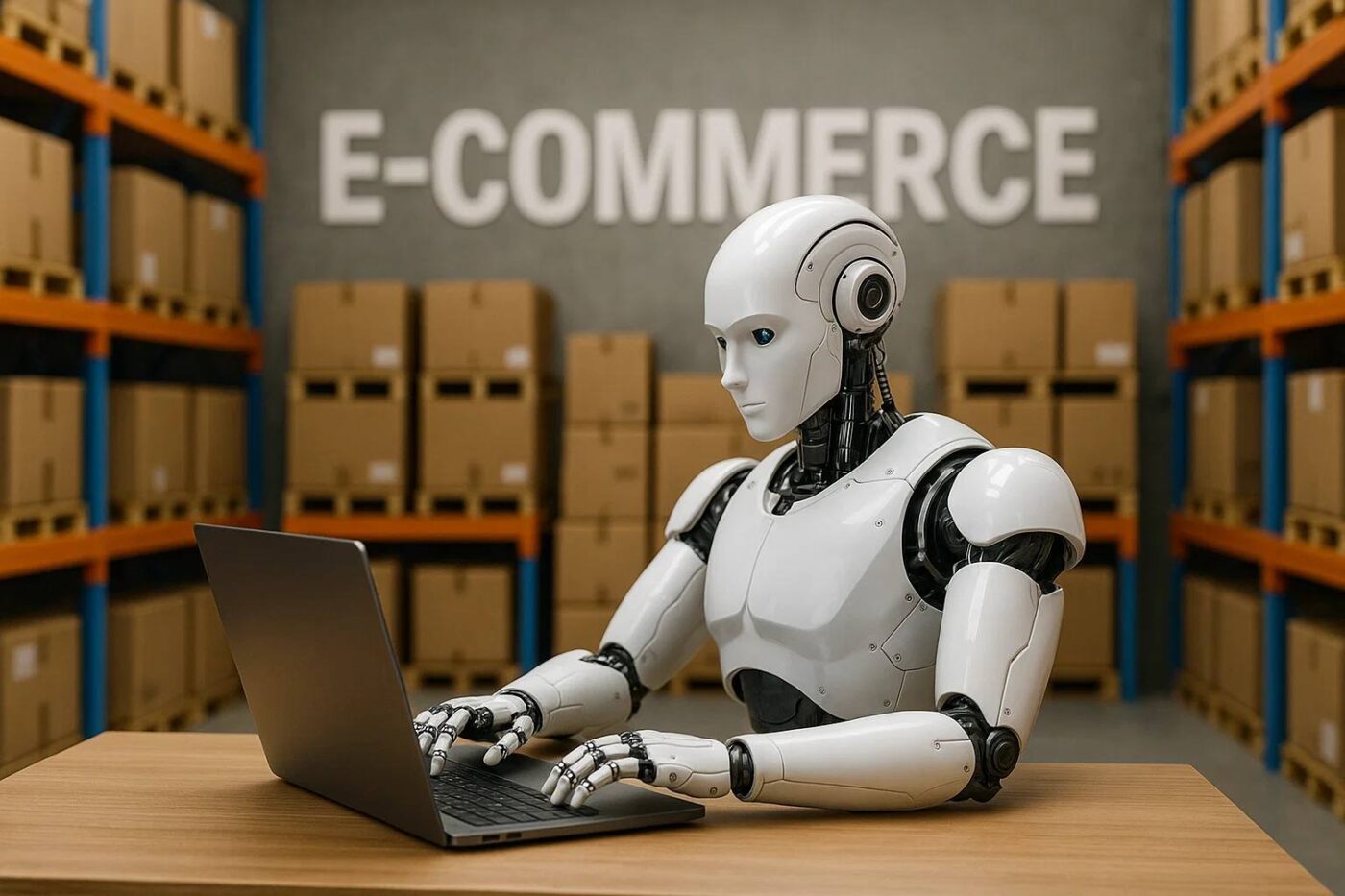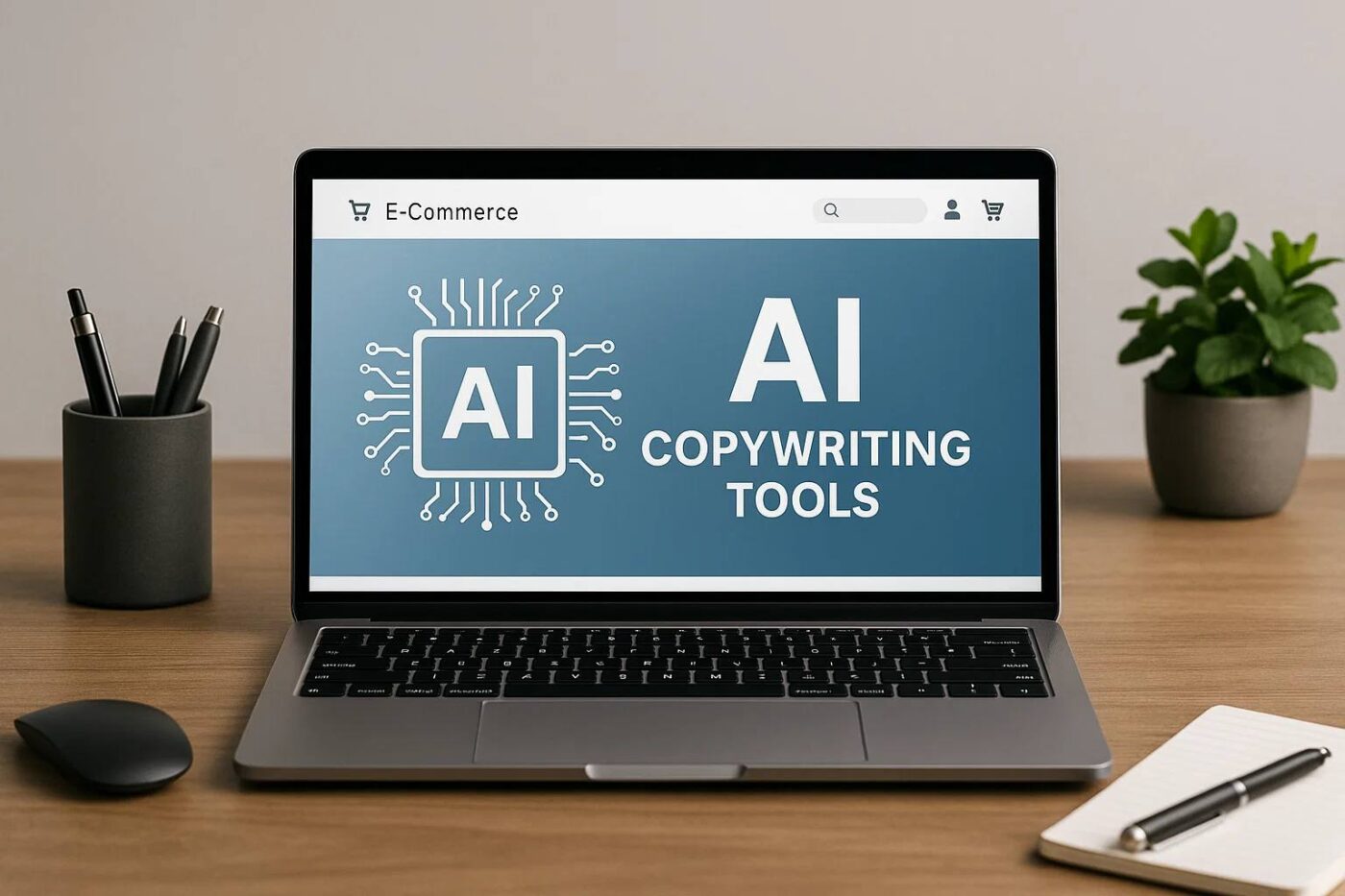Can You Scale E-Commerce Internationally Without AI?

Scaling e-commerce is evolving faster than ever, and nowhere is that more obvious than in the explosive growth of international online retail.
Cross-border shoppers now expect local experiences, fast delivery, and seamless payment options, and businesses everywhere are feeling the pressure to keep up.
At the same time, AI and automation dominate headlines, fueling the belief that global expansion is impossible without them.
Which raises the real question, do you actually need AI to scale internationally?
Understanding What “Scaling Internationally” Really Means
Going global is more than opening your store to new countries.
It means adapting to new languages, currencies, logistics networks, and tax systems, understanding cultural nuances and meeting legal requirements, and managing a massive increase in operational complexity from customer support to fulfillment to localized marketing.
All of these challenges existed long before AI turned into the trend of the decade.
How E-Commerce Brands Traditionally Scaled Without AI
Before machine learning took center stage, brands expanded globally through tried and tested manual methods.
They launched localized websites using human translators, built customer support teams that worked across multiple time zones, and ran traditional advertising through agencies that relied on slower manual A/B testing and lengthy feedback cycles.
Supply chain forecasting was done by experts armed with spreadsheets, and SEO teams handled keyword research and content localization manually.
Many well known global brands scaled internationally long before AI was mainstream, proving that expansion was entirely possible without automation.

The Limitations of Scaling Without AI Today
However, the pace of modern commerce makes manual scaling harder to sustain.
Translation and localization cycles move too slowly for fast moving markets, labor costs rise as repetitive tasks multiply, and manual ad optimization cannot keep up with real time shifts in audience behavior.
Human only operations have natural limits, and brands that avoid AI risk falling behind competitors who optimize instantly at scale.
Where AI Makes International Scaling Faster and Cheaper
AI now supports nearly every part of global expansion.
It enables instant and consistent localization and translation, offers multilingual customer support around the clock, and powers advertising systems that adjust targeting and bidding in real time.
Logistics teams use AI to predict demand and optimize shipping costs, SEO specialists leverage AI for keyword clustering and localized content generation, and product research becomes faster as AI uncovers emerging opportunities across markets.
So, Is It Possible to Scale Internationally Without AI?
Yes, and companies have done so for decades.
But doing it today is slower, more expensive, and increasingly difficult as competitors adopt AI driven tools that accelerate growth and reduce costs.
AI does not replace strategy, it amplifies it, allowing teams to do more with less while maintaining consistency and speed.
Conclusion
You can scale internationally without AI, but adopting it dramatically reduces operational costs, accelerates execution, improves accuracy, and gives smaller teams a global reach previously reserved for large enterprises.
The future belongs to brands that combine strong human strategy with AI powered efficiency, turning international growth into a faster, smarter, and more accessible opportunity for everyone.
If you go an automated AI tool like Ovesio, you can scale even faster.






